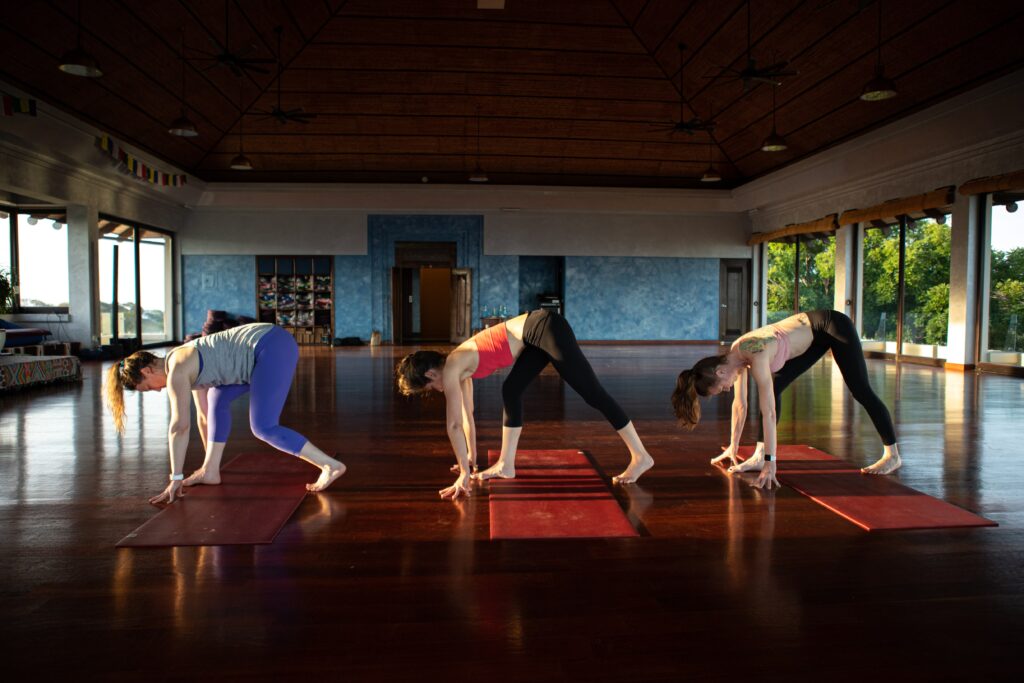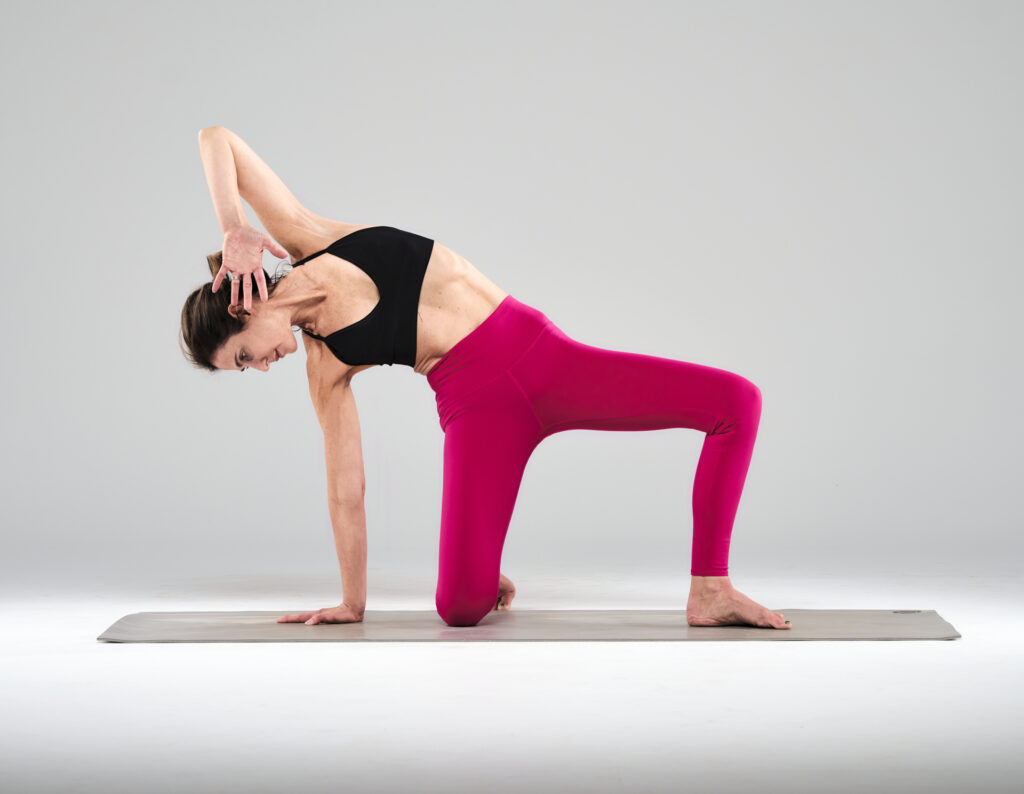One of the hallmarks from the start that set the LYT Method apart from traditional yoga was Lara’s inclusion of plyometric exercise. As a physical therapist and lover of functional movement, it excited me when I first began taking classes with Lara back in 2012. While plyometrics is a term I use on a daily basis, I suspect it isn’t for most. In fact, many people may not understand the role of plyometrics in fitness and rehabilitation. Today, I’m going to fill you in on that little secret. 🙂
According to Merriam-Webster, the definition of plyometrics is “exercise involving repeated rapid stretching and contracting of muscles to increase muscle power”. This type of exercise was originally used to enhance sports performance solely in athletics. Within the last 20 years however, we began using plyometric exercise in rehabilitation to facilitate both a quicker return to sport and, more importantly, improve biomechanical technique to prevent injuries from occurring.
With plyometrics, there is a stretch-shortening cycle that occurs. The muscle-tendon unit is stretched and then immediately contracted (shortened) repeatedly. This improves its ability to produce the maximum amount of force in the shortest amount of time. In addition, plyometrics can be performed between a submaximal (low intensity) and maximal (high intensity) effort. There are three main phases of a plyometric movement:
- Loading phase – also called the deceleration or eccentric phase, this is when the muscles are stretched in response to a load (body weight and gravity) that is placed upon them. Simply stated, this stretch increases the muscle’s potential to produce force and the tendon’s ability to store potential energy to be used later. In addition, there are reflex mechanisms triggered during this loading phase which have the potential to improve neuromuscular control between the brain and the body.
- Coupling phase – as a transition phase, this phase is very short (15-25 milliseconds!) and within the moment where the joint changes from one direction to the other (ie, flexion to extension, up to down, left to right). It is the definitive phase of plyometric exercise, for without the quick transition, an exercise is no longer considered plyometric.
- Unloading phase – also called the push-off or propulsion phase, this is when the muscle-tendon unit is shortened and the mechanisms elicited during the loading phase pay off in increased strength and performance.
During our LYT practice, we are performing plyometrics at a submaximal or relatively low-intensity level and often in single planes of motion. The benefits of increased muscle recruitment, improved muscle strength, and increased muscular endurance are all present. Plyometrics have also been shown to correct neuromuscular imbalances that can predispose people to injury. They’ve also been shown in the literature to improve joint awareness (position sense) and postural control (single-leg balance).
Contraindications for plyometric exercise exist, which is why we always give a low or no-impact option in class. They include acute joint pain or inflammation, joint instability, and immediate post-operative status (not usually seen in the studio). Some joint pathologies such as cartilage damage and arthritis are relative contraindications, but it really depends on the ability of the surrounding tissues to attenuate those forces and may be tolerated (and even recommended) at lower intensities. And obviously, acute muscle or tendon injury is a relative contraindication and should be progressed into slowly.
There you have it friends! Plyometrics and why we do it in LYT!
Xoxo,
Kristin






